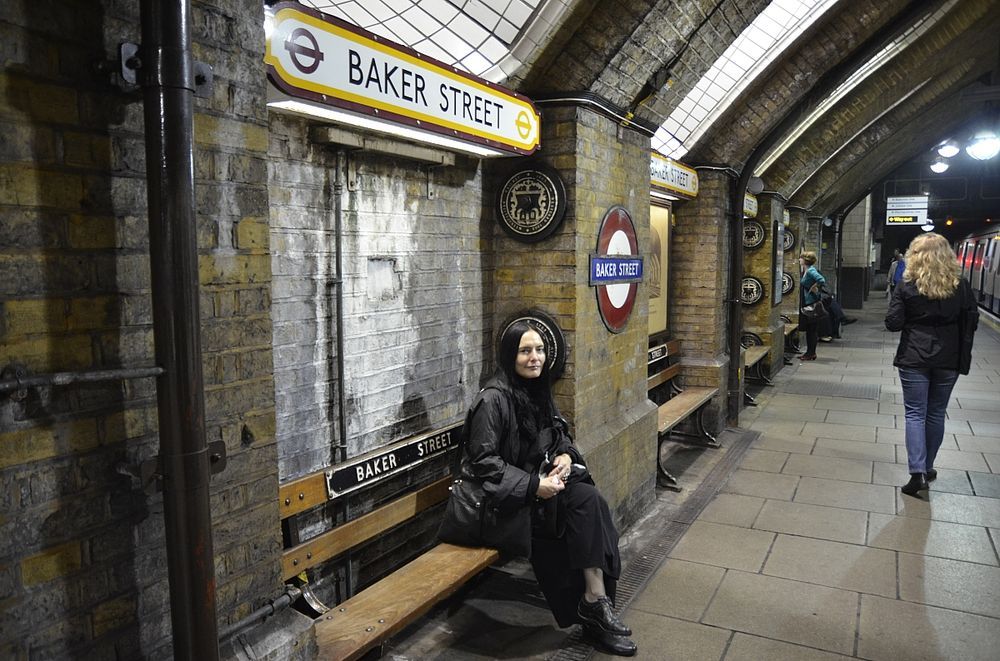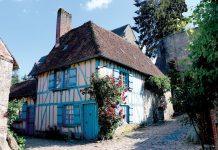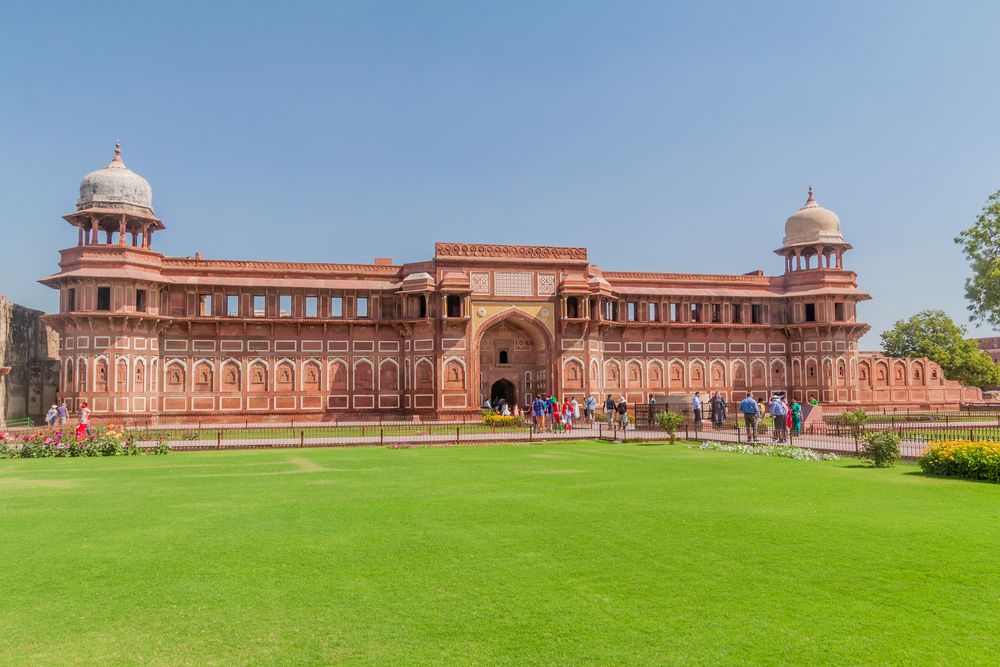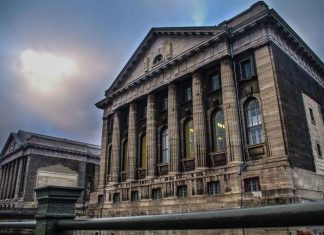The biggest private residence inside the Agra Fort is the Jahangir Mahal or Jahangir’s Palace, believed to have been built by Emperor Akbar for his son. Here is one of the most striking examples of how Akbar was able to blend Hindu architecture with the style imported by the Moghuls from Central Asia. It is a huge palace, measuring about 250 by 300 feet.
You enter it through a hall leading to a courtyard surrounded by columns. The central court of the palace is lined by two-storey facades bearing remnants of the rich glided decorations that once covered a great deal of the structure. On one side of this court is a hall known as Jodha Bai’s dressing room (Jodha Bai was the Hindu mother of Jahangir) with a ceiling supported by serpents carved in stone. Also leading into the court is Jodha Bai’s reception room and a series of rooms, one of which is known as the library and is remarkable for its Moghul decoration.
These rooms were doubtlessly used both by Jahangir’s mother and his queen, Nur Jehan (her name means “light of the world”).
Jahangir loved wine and the arts as well as his wife. Nur Jehan attempted to convince him to settle down to his more serious occupation of ruling an empire, but, in the end, she had to do the job for him. It was Nur Jehan who sat by his side in their palace in Agra Fort, dispensing imperial justice. She was a strong-willed woman and made short shrift of anyone who stood in her way. One method of eliminating rivals consisted of dropping them into a pit leading to the Yamuna River.
One charming story tells how Nur Jehan discovered attar of roses. During a quarrel with her husband, she had been brooding in the palace courtyard where she noticed that the rose leaves in a pond were oozing an oily substance in the heat of the sun. Its fragrance was overwhelming. So she joined him with the scent of attar of roses as her perfume. He, of course, was unable to resist.
After Jahangir’s death in 1627, Shahjahan took the throne.
Jahangir’s Palace, bearing the virile imprint of Akbar, was the starting point for a series of delightful additions made by Shahjahan which have become some of the most remarkable treasures of the Agra Fort. The building known as Shahjahan’s Palace is actually the northern part of Jahangir’s Palace remolded by his successors. It consists only of three rooms and a corridor, but it is enhanced by a tapering tower gallery topped with a pavilion bearing a spike. This is supposed to have been another imperial vantage point for watching elephant fights, although one story holds that it was here, on top of the tower gallery, that the emperor received instruction in Hinduism from a Hindu holy man carried up in a litter.
























